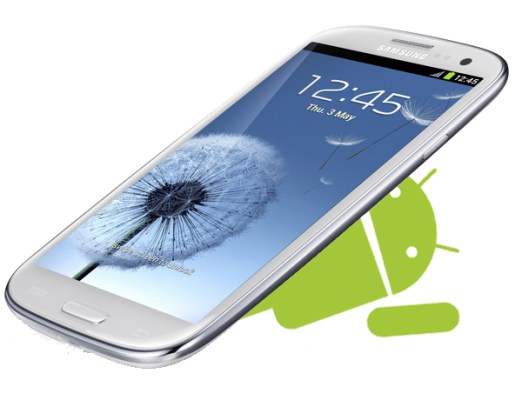Android got a late start compared to Apple’s iOS in the worldwide smartphone battle, but it eventually grew to attain a larger worldwide market share, and it did so largely on the back of a single champion: Samsung. Samsung’s Galaxy line has become to Android what the iPhone is to iOS, despite hardware and software coming from completely distinct companies. But Google very specifically didn’t sign up to be a one horse kind of cowboy, and as such it makes sense for the search giant to be somewhat fearful of Samsung’s growing influence, as the WSJ reports.
Google’s top brass is concerned that Samsung is getting too big, according to the WSJ’s sources, giving the South Korean company much more weight behind potential negotiations to alter the terms of their licensing arrangement with Google in order to cut into the search giant’s ad business. Samsung has no near peer when it comes to Android device sales, having shipped 215.8 million smartphones during 2012. It accounted for 40.6 percent of Android smartphone sales during Q4 20112, according to IDC, and 27.9 percent of the Android tablet market, both of which are above any of their closest competitors. The next closest handset maker has less than 10 percent share, meaning that though some recent entrants like ZTE and Huawei show signs of considerable growth, Samsung’s dominance in the near future is pretty much guaranteed.
The WSJ says Google’s Android chief Andy Rubin has discussed Samsung as a potential threat at an event for executives last year, and notes that he talked about Motorola Mobility acting as a kind of “insurance policy” against its power. But Motorola hasn’t helped so far, and in fact has only been shedding market share since being picked up by Google. Motorola nabbed only 1.9 percent of Android smartphone share in Q4 2012, down from 6.2 percent year-over-year.
Google’s hardware direction could change completely when Motorola’s current pipeline runs down.
But Motorola may yet be Google’s sleeping giant: Google’s Patrick Pichette said during the company’s recent conference call in January that Motorola is still working through its existing pipeline, which had plans in place for around a year and a half of device releases before it was bought by Google. The company has been aggressively restructuring Motorola and divesting itself of parts of the organization that it doesn’t need, so we’re likely to see Google take its fresh hardware division in an entirely new direction when all the old plans put in motion previously finally get excised. The rumored X Phone could be the first fruit of Motorola’s Google-directed labors, and might present a much more competitive package, if Google’s recent Nexus launches are a good indicator of the direction it will take with its own in-house hardware.
The reason Google needs to field a strong competitor, either itself or through one of its OEM partners, boils down to advertising revenue. Samsung has received more than 10 percent of the ad revenue generated through Google services driven by its platform devices, the WSJ’s sources said, and looks to be interested in getting a bigger chunk of that pie as its install base drives more of that action.
Both Google and Samsung need each other: neither would’ve been able to achieve what they have in terms of competing with Apple’s mobile dominance without the other. But as with Apple and Samsung’s supplier relationship, as well as the maps and YouTube services arrangement between Apple and Google, success can breed contempt between massive companies working together when each is primarily interested in its own bottom line. To really win, Google has to field a legitimate competitor to Samsung that can weaken slightly, but not disarm its ally. A few strong players is better than one dominant one in terms of Google’s aims, but if it can’t elevate other OEMs to get that done, it may just have to go it alone.
